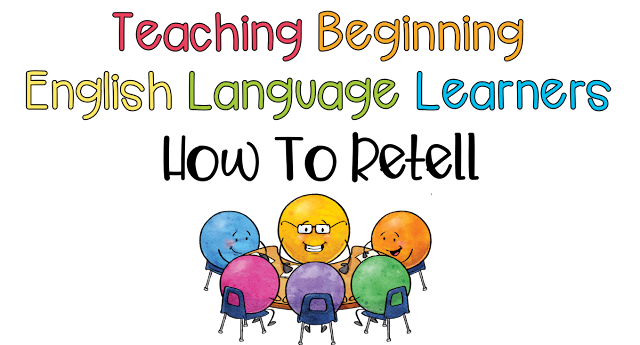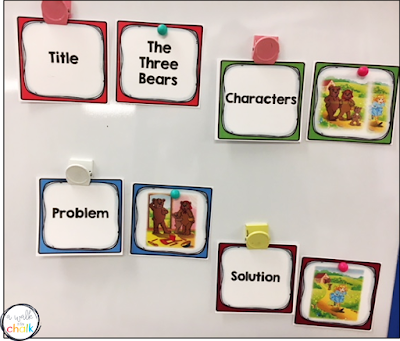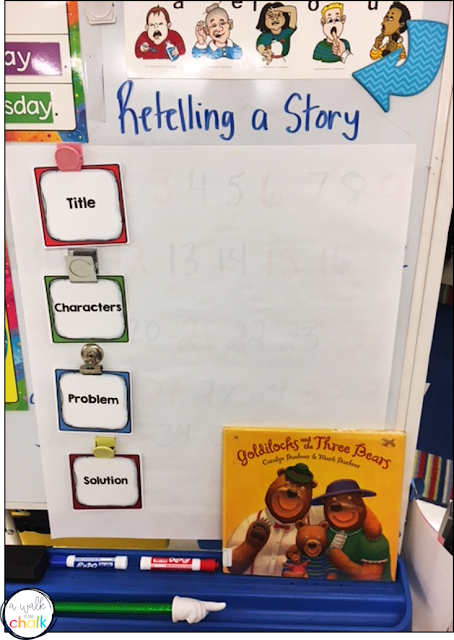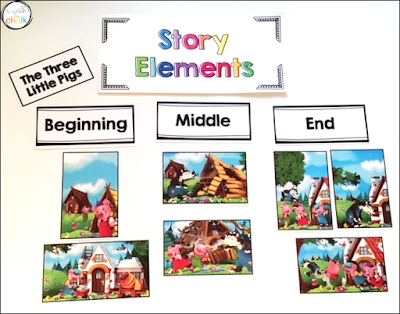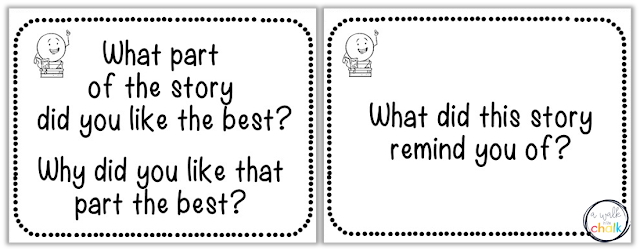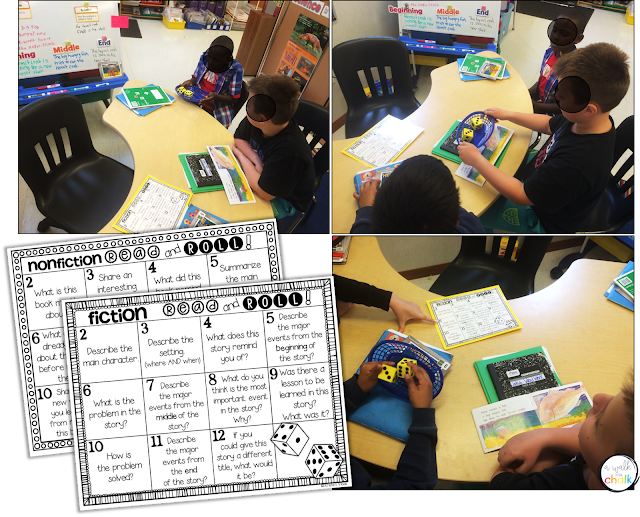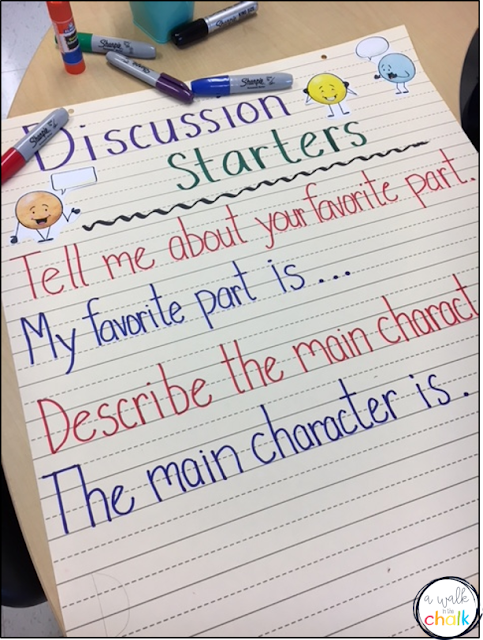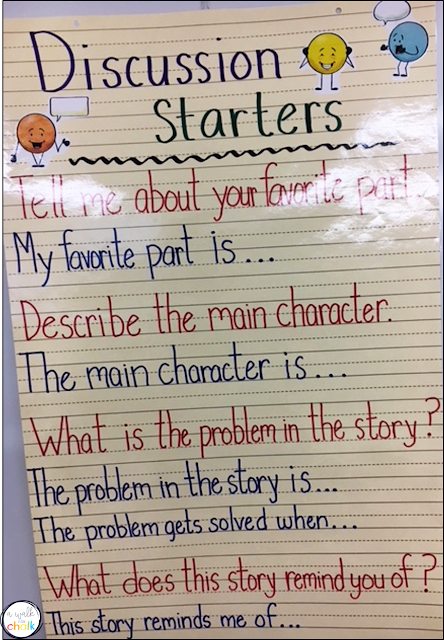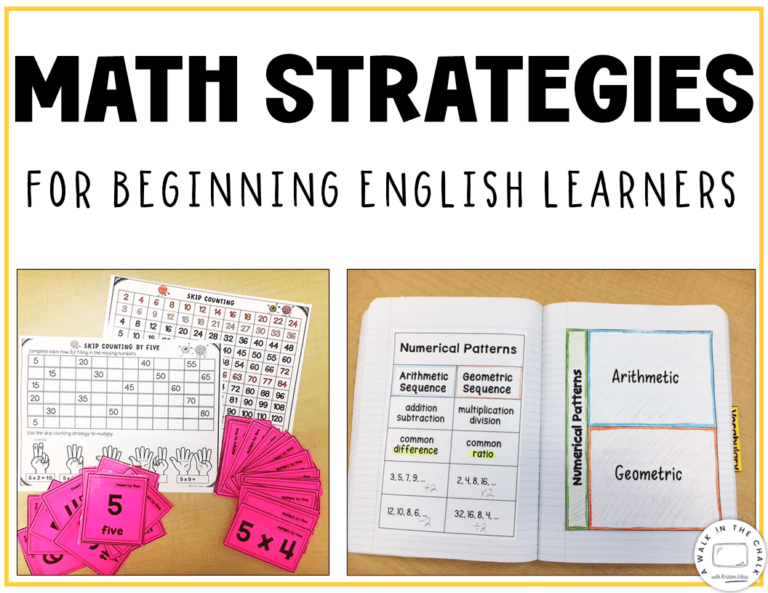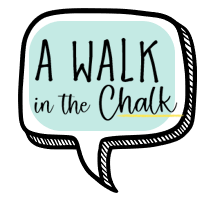Once my beginning English language learners have built some vocabulary and are able to decode their emergent level books, it is time to tackle the skill of retelling. It truly is the basis of reading comprehension. Plus, it’s an excellent way to build their oral language skills!
My upper elementary newcomers have been in school here for seven months. They’ve been busy building their knowledge of basic (and content) vocabulary, focusing on spelling patterns in Word Study and learning many sight words in context. It is now officially spring (YAY!), and the school year is on a fast downward-slope.
To get my beginning ELLs ready for their end of the year reading assessment, the one that measures their reading progress for the year, they must learn how to retell a fictional story.
Over the past few months I’ve been introducing and reinforcing the various parts of a story. My students have learned about “characters” and “setting,” and we’ve talked about story “problems” and “solutions.”
The next step is to retell a story from beginning, middle and end. Depending on my students, I may need to scaffold the activity by using picture cards. They use these cards to sequence events and recall details. Although I am giving them the important events in pictures, they will use their oral language skills to recount the events.
Once I feel that they have a solid grasp on retelling a story, I have a couple more questions that I need to teach how to respond. Students have to be able think beyond the text, so I want them to be able to 1- describe their favorite part in the story and explain why it’s their favorite, AND 2- make a meaningful connection to the story. This usually doesn’t take much more than me modeling for them. Usually😉
During this past quarter, each time we finished a guided reading book, I’d ask them to orally share their favorite part and explain why, AND make a connection to the story. Sometimes they share whole group, and other times they turn and tell a partner.
My “newcomer group” practices the skill of retelling frequently, but we do it in different ways in order to keep it fun, engaging and challenging. An additional activity I like to use is this “Read and Roll” activity.
They love it, I think, because they get to roll big dice! Once big dice enter the picture, somehow it turns into a game! I love it too because it gets them talking about the various parts of their book. I’m always looking for ways to get my students TALKING about their reading. I know that this solidifies their understanding AND builds their oral proficiency skills, plus they get a lot out of hearing their group members talk about the story too.
My students also love these retelling cards. I pass one or two cards to each student and they take turns asking each other questions about their story.
A super easy way to get students talking about their books is by creating a “Discussion Starters” anchor chart. Sentence starters are a great support for your beginning ELLs.
When I first introduced the chart, I asked the questions, but once they had some practice with it, I turned it over to them to ask each other the questions. They always start with the person’s name they are directing their question to. The person responding always starts their response with the person’s name who asked the question. For example…
Angie – Student 1: “Michael, tell me about your favorite part.”
Michael – Student 2: “Angie, my favorite part is…”
Since Michael was the one who just answered a question, he is the one to ask the next student a question. I’m telling you, they love this!
I’m going to be honest here… I had zero time to prep a detailed lesson on this day, so I grabbed a bag of books and off I went. Luckily, I always have big and small post-it notes in my caddie, so I grabbed these BIG neon colored post-it notes and wrote a B-M-E on them. Viola! My students slapped these into their reading notebooks and we were all set! Sometimes, lessons off the cuff turn out to be really good lessons, right?!
I also like to use a Story Map graphic organizer to help students organize the parts of their story. They use this to “share out” at the end of our lesson. Usually I’ll have each student pick one part to share out. They might share out to the group, while other times they might share out with a partner, depending on the time.
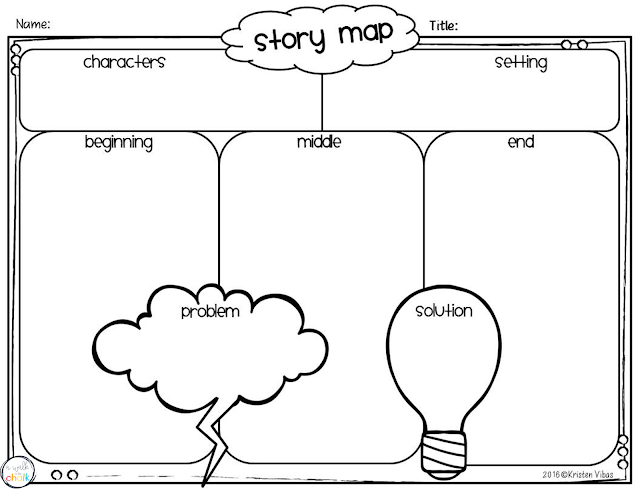 |
| FREEBIE |
There are lots of ways to develop retelling skills, and I recommend using different strategies and methods to get students comfortable with the various components of this skill. For beginning ELLs, of course they are just learning this new language while simultaneously learning the skills needed to orally retell a story, so lots of scaffolds and supports along the way are a must.
We know that the achievement gap can be great for beginning ELLs, and that their reading comprehension skills moving forward will depend on their ability to recall and retell stories, and other types of texts. Focusing on this skill from the get-go is essential in getting our newcomers to where they need to be in a few short years. As soon as they have enough vocabulary to talk about their emergent level books, start explicitly teaching and reinforcing “how to retell.”
Here are some of the resources I use to teach retelling skills. (My intermediate ELLs love the Retelling Practice for Fiction cards and the Read and Roll activity as well.)
 |
| Retelling Practice Cards |
 |
| Story Elements Retelling and Sequencing Cards |
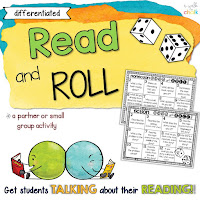 |
| Read and Roll Fiction and Nonfiction |
Credit: the “dot dudes” graphic in the title is by Sarah Pecorino.
